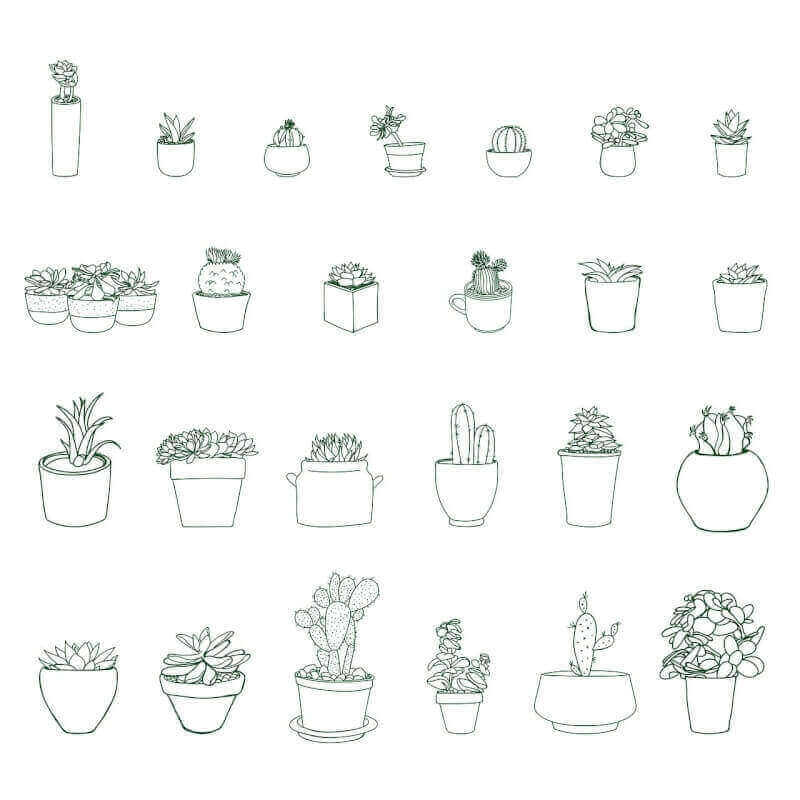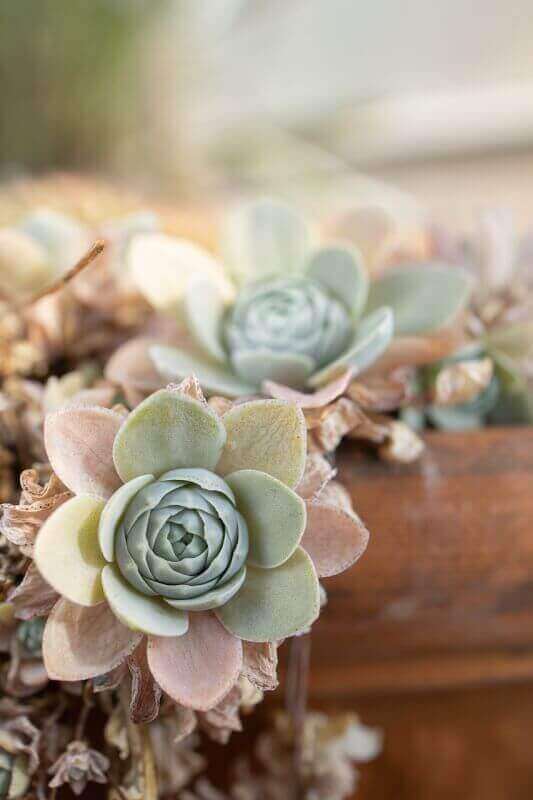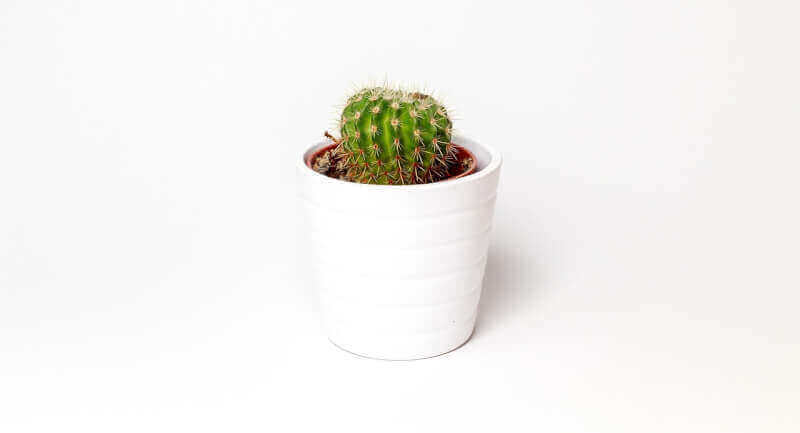👋 Click the mic button to talk to Alfred, the Todd's Seeds Gardening/Sprouting Expert – Feel free to ask him anything!
Ask Virtual Todd Anything - Click the Mic
So you’ve got a few succulents and you’re wondering how to multiply your green plant squad? Look no further! In this article, we’ll break down the process of propagating succulents, making it simple and easy for you to multiply your plant collection and share the love with friends and family. From leaf propagation to stem cutting, we’ve got all the tips and tricks you need to successfully propagate your succulents and watch them thrive. Get ready to become a pro at propagation and turn those single succulents into a flourishing garden in no time!
Choosing the Right Method
Factors to consider
When it comes to propagating succulents, there are several factors you should consider before deciding on the right propagation method for your plants. These factors include the type of succulent you have, the time and effort you are willing to invest, and the level of experience you have with propagating plants. By considering these factors, you will be able to choose the method that best suits your needs and maximizes your chances of success.
Different propagation methods
There are various propagation methods available for succulents, each with its own advantages and challenges. These methods include leaf propagation, stem cuttings, offsets, division, seeds, whole plants, and water propagation. Let’s take a closer look at each of these methods and explore how they can be used to multiply your succulent collection.
Propagating from Leaves
Selecting healthy leaves
Before you begin leaf propagation, it is important to select healthy leaves from your succulent plant. Look for leaves that are plump, firm, and show no signs of damage or disease. Ideally, choose leaves that are located towards the bottom of the plant, as they tend to be more mature and have a higher chance of successful propagation.
Leaf propagation process
Leaf propagation involves removing a healthy leaf from the parent plant and allowing it to develop roots and eventually grow into a new succulent plant. To do this, gently twist or cut the leaf from the stem, making sure to include the base of the leaf where it meets the stem. Allow the leaf to callous over for a few days before placing it on top of well-draining soil and misting it occasionally. With time and patience, tiny roots will develop, and a new plantlet will emerge.
Leaf propagation challenges
While leaf propagation is a popular method, it does come with its own set of challenges. Not all species of succulents can be propagated from leaves, so it is essential to research the specific requirements of your plant beforehand. Additionally, leaf propagation can be a slow process, requiring weeks or even months for a new plantlet to develop. It is important to exercise patience and provide the necessary care during this time.

Propagating from Cuttings
When to take cuttings
Taking cuttings from succulent plants is another effective propagation method. It is best to take cuttings in the spring or summer when the plant is actively growing. Look for healthy stems that are long and plump, and avoid using any stems that show signs of damage or disease. Taking cuttings from the top or in the middle of the stem is generally recommended.
Preparing the cuttings
Once you have selected suitable stems for propagation, it is important to prepare the cuttings properly. Use a clean, sharp knife or pair of scissors to make a clean cut just below a leaf node. Remove any lower leaves along the stem, leaving only a few on the top. Allow the cuttings to dry and callous over for a few days before planting them in well-draining soil.
Rooting the cuttings
To root the cuttings, place them in a well-draining soil mix and ensure that only the bottom nodes are buried in the soil. Water the cuttings lightly and keep the soil slightly moist but not wet. Place the cuttings in a warm and bright location, avoiding direct sunlight. With time and proper care, the cuttings will develop roots and begin to grow into new plants.
Aftercare for cuttings
After the cuttings have developed roots, it is important to provide them with the appropriate aftercare. Gradually acclimate the new plants to brighter light conditions, starting with indirect sunlight and gradually increasing exposure. Water the cuttings sparingly, allowing the soil to dry out between waterings. With proper care, the new plants will continue to grow and thrive.
Propagating from Offsets
Identifying offsets
Offsets, also known as pups, are small plants that develop alongside the parent succulent. These can be easily identified as they grow from the base of the main plant and share a similar appearance. It is important to wait until the offsets have grown to a reasonable size before separating them from the parent plant for propagation.
Separating offsets
To separate the offsets, gently twist or cut them away from the main plant using a clean, sharp knife or pair of scissors. Take care not to damage the roots of the parent plant or the offset during this process. Once separated, allow the offset to dry and callous over for a few days before planting it in well-draining soil.
Planting and caring for offsets
Plant the separated offset in a pot or container filled with a suitable succulent soil mix. Place the pot in a sunny location with indirect sunlight and water the offset lightly, allowing the soil to dry out between waterings. With time and proper care, the offset will develop roots and start growing into a new succulent plant.

Propagating from Division
When to divide succulents
Division is a propagation method that involves separating a mature succulent plant into smaller sections, each with its own roots and growing points. It is best to divide succulents in the spring or summer when the plant is actively growing. Look for plants that have become crowded or have outgrown their current pot as these are good candidates for division.
Dividing root-bound plants
To divide a root-bound succulent, carefully remove the plant from its pot and gently separate the roots and stems. It may be necessary to use a clean, sharp knife or pair of scissors to cut through any stubborn roots. When dividing, ensure that each section has its own roots and stems. Allow the divided sections to dry and callous over for a few days before transplanting them into well-draining soil.
Transplanting the divisions
Plant each divided section in a pot or container filled with a suitable succulent soil mix. Provide the divisions with ample sunlight, gradually increasing exposure to brighter light conditions. Water the divisions sparingly, allowing the soil to dry out between waterings. With proper care, the divisions will establish roots and continue to grow and thrive.
Propagating from Stem Cuttings
Selecting suitable stems
To propagate succulents from stem cuttings, choose mature stems that are healthy and plump. Avoid using stems that show signs of damage or disease. Cuttings taken from the top or middle of the stem tend to root more successfully. Be sure to use a clean, sharp knife or pair of scissors to make a clean cut just below a leaf node.
Preparing the stem cuttings
After selecting suitable stems, it is important to prepare the cuttings before rooting. Remove any lower leaves along the stem, leaving only a few on the top. Allow the cuttings to dry and callous over for a few days before planting them in well-draining soil.
Rooting stem cuttings
To root the stem cuttings, insert the bottom end of the cutting into a well-draining soil mix. It is important to bury at least one node in the soil to encourage root development. Lightly water the cuttings and keep the soil slightly moist. Place the cuttings in a warm and bright location, avoiding direct sunlight. With time and proper care, the cuttings will develop roots and start to grow.
Post-rooting care
Once the stem cuttings have developed roots, it is important to provide them with the appropriate care. Gradually acclimate the new plants to brighter light conditions, starting with indirect sunlight and gradually increasing exposure. Water the plants sparingly, allowing the soil to dry out between waterings. With proper care, the new plants will thrive and continue to grow.

Propagating from Seeds
Collecting seeds
If you want to propagate succulents from seeds, begin by collecting seeds from mature plants. Gently tap the seed pods or capsules to release the seeds into a container. Keep in mind that not all succulents produce viable seeds, so it is important to research your specific plant species to determine if seed propagation is an option.
Preparing the soil
To prepare the soil for seed propagation, use a well-draining succulent soil mix. Fill small pots or trays with the prepared soil and water lightly to moisten the soil.
Sowing and germinating seeds
Sow the succulent seeds evenly on top of the moistened soil, ensuring they are spaced appropriately. Cover the seeds lightly with a thin layer of soil or horticultural grit. Place the pots or trays in a warm location with indirect sunlight and mist them lightly to keep the soil moist. With time and patience, the seeds will begin to germinate and tiny seedlings will emerge.
Caring for seedlings
As the seedlings grow, it is important to provide them with proper care. Gradually acclimate them to brighter light conditions, starting with indirect sunlight and gradually increasing exposure. Water the seedlings lightly, allowing the soil to dry out between waterings. Transplant the seedlings into individual pots or containers as they grow larger and continue to provide them with adequate care to ensure healthy development.
Propagating from Whole Plants
Laying whole plants horizontally
Some succulents, such as those with rosette-like growth patterns, can be propagated by laying the entire plant horizontally on top of well-draining soil. Gently remove the plant from its pot and place it horizontally on the soil surface, making sure that the stems and leaves are in contact with the soil. Over time, the plant will develop roots along the stems, and new plants will begin to grow.
Stem and basal cuttings
Another method of propagating succulents from whole plants involves taking stem or basal cuttings. Cut a section of the stem or base using a clean, sharp knife or pair of scissors. Allow the cuttings to dry and callous over for a few days before planting them in well-draining soil. Maintain proper care and provide the cuttings with the necessary conditions for rooting and growth.
Encouraging root growth in whole plants
To encourage root growth in whole plants, ensure that the soil is well-draining and provide adequate moisture without overwatering. Place the plant in a location with bright, indirect sunlight and monitor its progress. With time and proper care, the plant will establish roots and start growing, giving you new plants to enjoy.

Propagating with Water
Selecting suitable plants
Not all succulents can be propagated in water, so it is important to choose suitable plants for this method. Look for succulents with leaves that can easily be propagated from cuttings. It is also important to select healthy plants that show no signs of damage or disease.
Preparing the setup
To propagate succulents in water, you will need a clean container filled with distilled or filtered water. Ensure that the container is deep enough to support the cuttings without submerging too much of the stem or leaves. Place the cuttings in the container, making sure that only the stem or leaf base is submerged in the water.
Rooting succulents in water
Place the container with the cuttings in a bright location with indirect sunlight. Change the water every few days to prevent stagnation and the growth of algae. With time and patience, the cuttings will develop roots in the water. Once the roots have become sufficiently established, transfer the rooted cuttings to well-draining soil.
Transferring to soil
Transferring succulents propagated in water to soil is an important step for their long-term health and growth. Choose a well-draining succulent soil mix and gently remove the cuttings from the water. Allow the cuttings to dry and callous over for a few days before planting them in the soil. Water the newly planted cuttings sparingly and gradually acclimate them to brighter light conditions.
Common Mistakes to Avoid
Overwatering
One common mistake when propagating succulents is overwatering. Succulents are adapted to arid environments and prefer dry conditions. Overwatering can lead to root rot and other issues. It is important to water succulents sparingly and allow the soil to dry out between waterings.
Lack of proper lighting
Another mistake is not providing succulents with adequate lighting. Succulents thrive in bright, indirect sunlight, and insufficient light can lead to weak and leggy growth. Ensure that your propagated succulents receive enough light by placing them in a location with bright, indirect sunlight.
Using the wrong soil
Using the wrong soil can also hinder the successful propagation of succulents. Succulents require well-draining soil to prevent waterlogged conditions that can lead to root rot. Use a specialized succulent or cactus soil mix that provides good drainage and supports healthy growth.
Not giving enough time for roots to develop
Patience is key when propagating succulents. It takes time for roots to develop and new plants to grow. Avoid the mistake of expecting instant results and give your propagated succulents the time they need to establish themselves. Proper care and patience will yield successful propagation in the long run.
By considering the factors discussed and exploring the various propagation methods available, you will be well-equipped to successfully propagate your succulents and expand your collection. With patience, care, and a bit of trial and error, you will soon have a thriving succulent garden to enjoy. Happy propagating!
